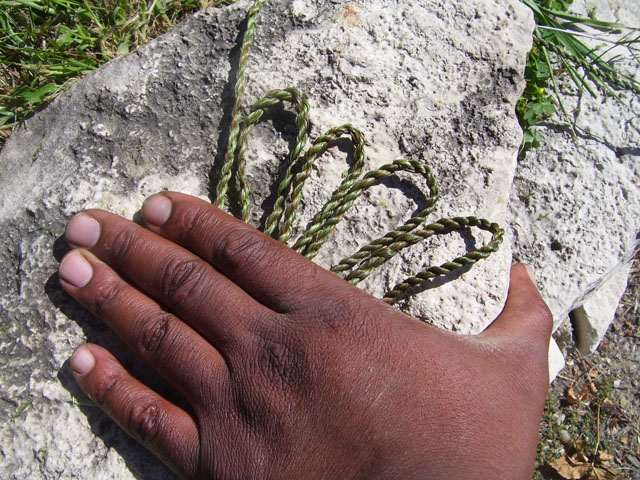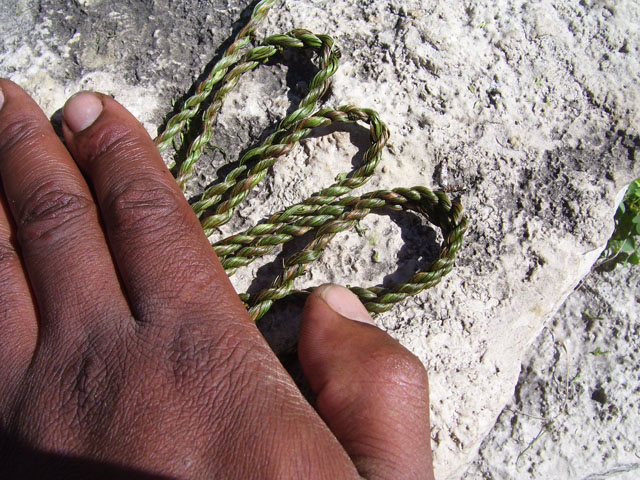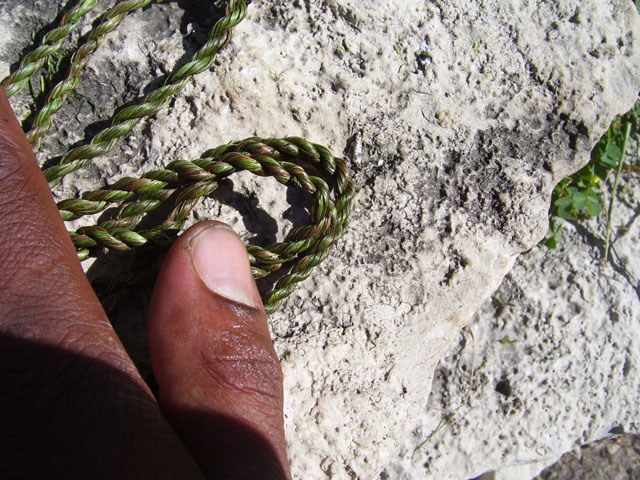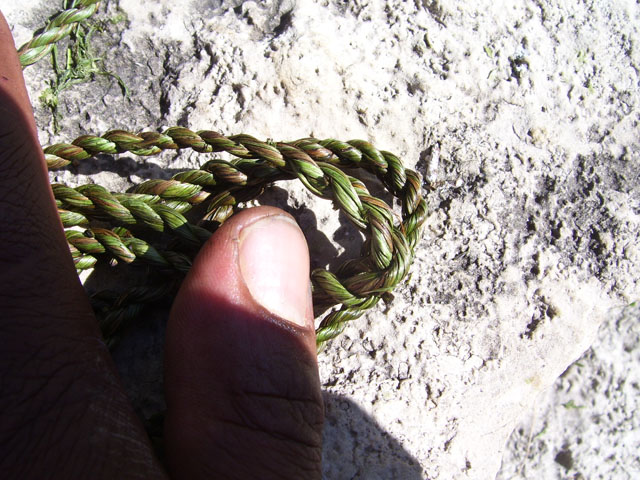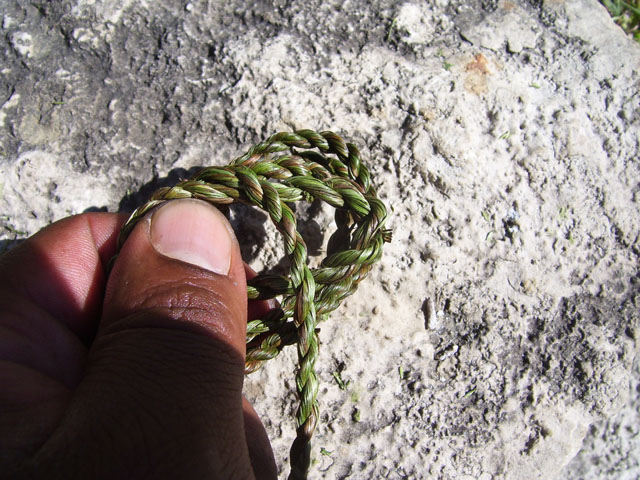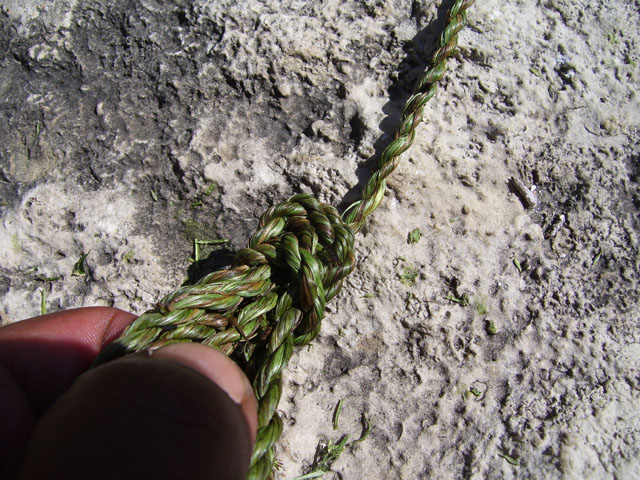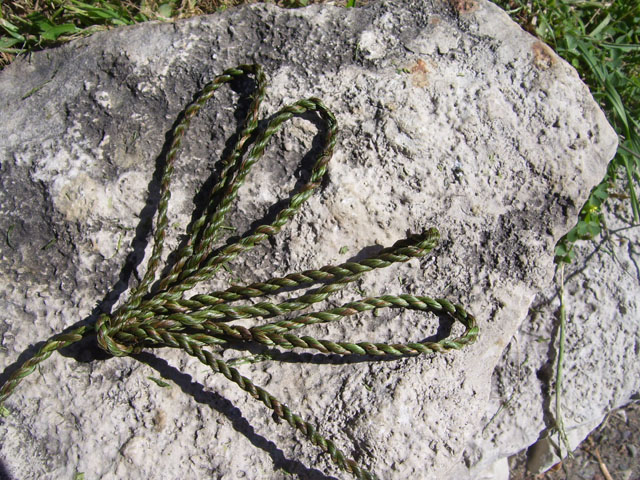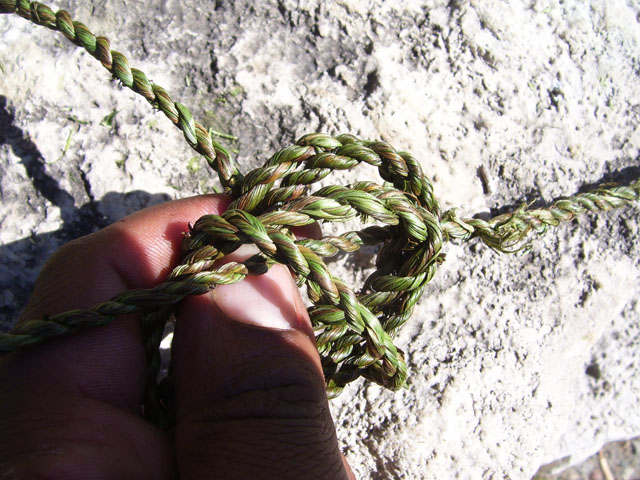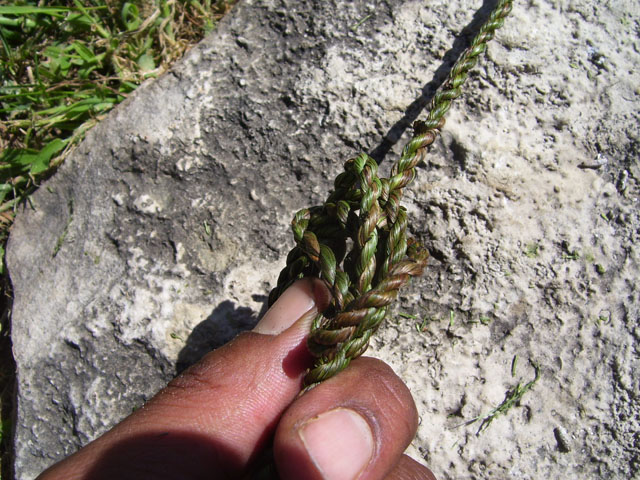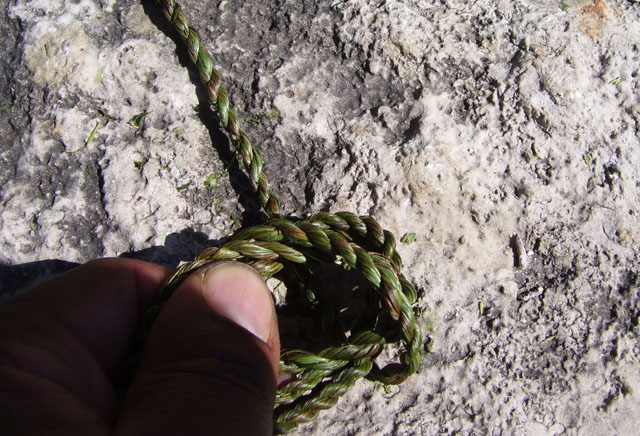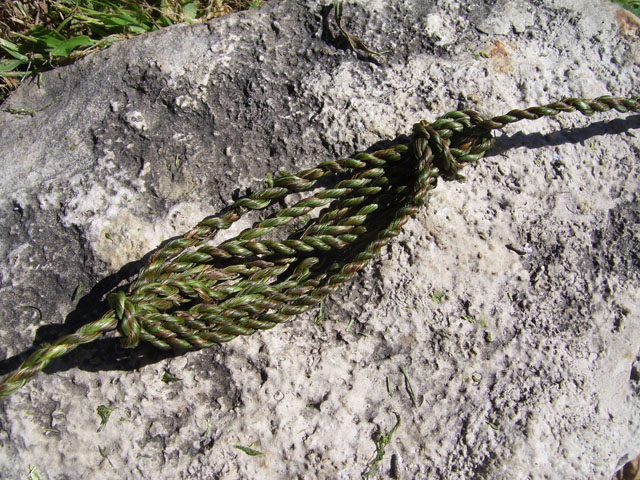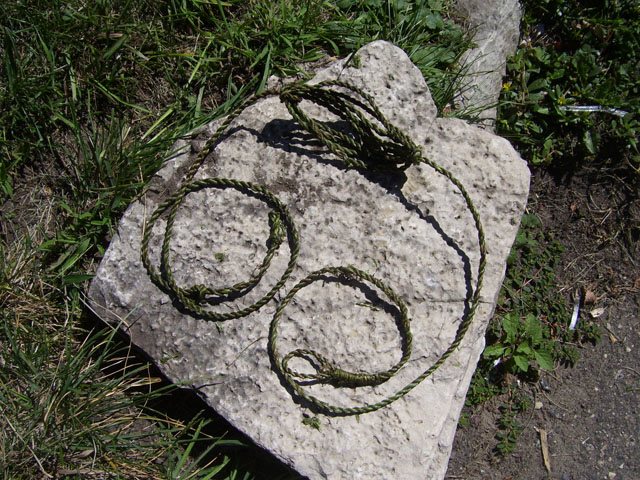How to: Make a One-String Sling
Video
The sling is an ancient weapon. It is certain that slings were known to Neolithic peoples around the Mediterranean, but it seems likely that the sling is much older. It is quite possible that the sling was invented during the Upper Paleolithic at a time when new technologies, such as the atlatl and the bow and arrow, were emerging. With the exception of Australia, where spear throwing technology such as the woomera predominated, the sling became common all over the world, although it is not clear whether this occurred because of cultural diffusion or independent invention[1].
I have made many a sling. When I was younger, a neighbor buddy and I use to rip up old rags and whip driveway rocks in a nearby field to just hear the satisfying zzzzswiiing! our projectiles would make when thrown with our simple make-shift weapons. Since then, I have made many slings from using old rags, to cow hide, to buckskin. But, I was delighted to come across this version on an old primitive-skills instructor of mine's site, Eddie Starnater of Practical Primitive, that uses one single length of cordage without the need for extra parts or cutting. So I had to try it out.
In this example, I twisted some sedges (Cyperaceae) I found on a trail in the woods and decide to use them as my natural cordage mediam for their durability and strength when twisted. I was able to twist out 80" (or the length of my out-stretched arms plus 20") in about 30 minutes. Which is not bad time to create a tool that could put food on the fire. However, a great deal of practice is needed to proficient enough to take game with this simple, effective, but challenging tool.
Citation:
1). http://en.wikipedia.org/wiki/Sling_(weapon)
2). Inspired by Eddie Starnater's Practical Primitive Site.
Click here for more detailed information.
Instructions
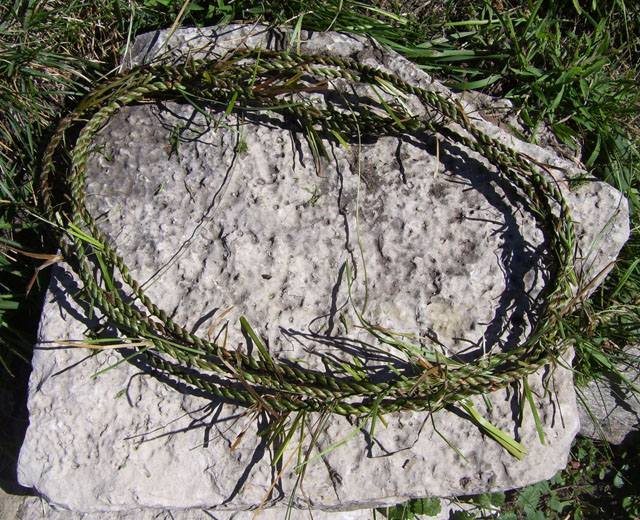
1). Cordage from Reverse-Twisted sedges...
Approx 80" long or measured from tip of index finger
to opposite shoulder doubled
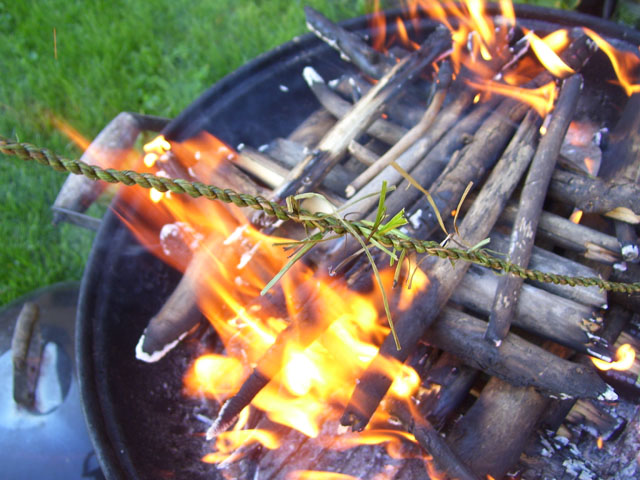
2). Using flames to clean up cordage of stray strands and hair. Also use edge to snip thicker stray strands. Here keep cordage damp, and worked in lard to keep cordage pliable, I am sure tallow will work to the same purpose
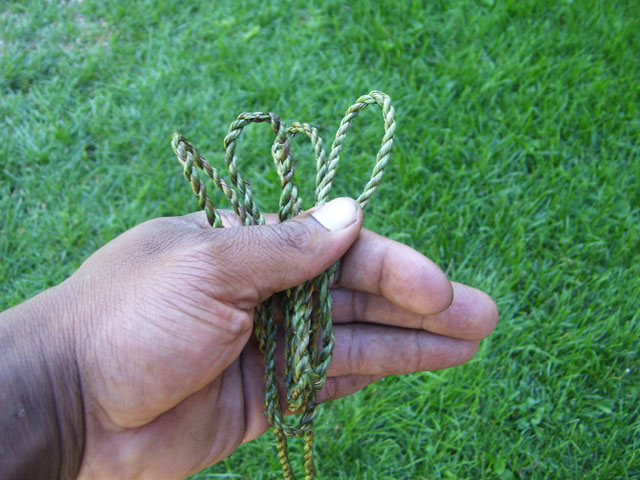
3). To make pouch:
Make 3 bights or bends for total of nine strands. Approximately 2' down the lenght of cordage or the length of out-stretched arm to middle of shoulder. The lengths of the bights are approximately the width of my palm...

